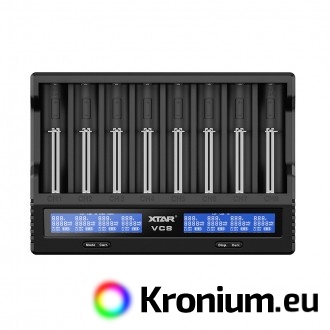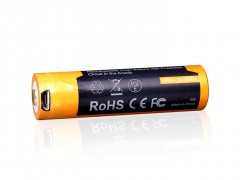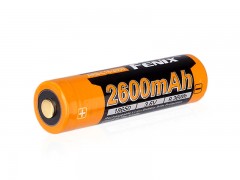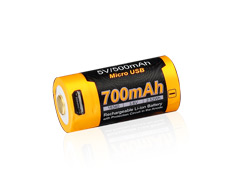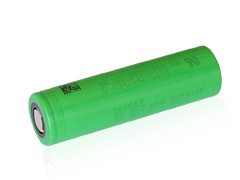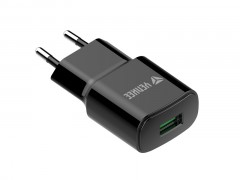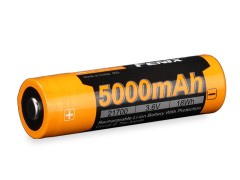VC8 is a universal eight-channel USB charger for 3.7V/3.6V Li-Ion and NiMH/NiCd batteries. Each charging slot is monitored independently so that batteries of different sizes, capacities and even different chemistries can be charged at the same time (both Li-Ion and NiMH/NiCd can be charged at the same time). It automatically detects the inserted battery type and selects the optimal charging algorithm. The display shows the current voltage, the capacity already charged in the battery and the amount of charging current. The maximum charging current is up to 3000 mA when one slot is occupied, 2000 mA in two slots, 1000 mA in 4 slots and when all 8 slots are occupied, the maximum charging current is 500 mA (assuming the use of a powerful QC3.0 USB power supply capable of delivering 18W). You can manually set the charging current for each slot in a range of 250 mA to 3000 mA. In addition, the first four slots (CH1-CH4) are capable of discharging and measuring battery capacity. The other slots are used for charging only. Protected Li-ion 21700 and 20700 batteries can also be charged in the charger.
The charger can charge Li-ion batteries of the following types: 26650, 22650, 25500, 27100, 18650, 17670, 18700, 14650, 18500, 18490, 18350, 17500, 14500, 16340, RCR123, 10440 and NiMH batteries of AAA, AA, C size.
VC8 USB Li-ion charger specifications
- Eight independently monitored charging channels, automatic selection of the correct charging algorithm according to the type of batteries inserted.
- Maximum charging current is 3000 mA. When all slots are occupied, the maximum charging current is 500 mA. If the used USB power supply is not strong enough, the charger will automatically reduce the current. The charging current can be manually set in the range of 250 mA to 3000 mA.
- The following Li-ion batteries can be recharged in the charger: 26650, 21700, 18650 Li-ion, 14500, RCR123 / 16340. You can also charge all AA and AAA NiMH batteries from our shop.
- LCD display shows the current charging current, battery voltage and capacity charged into the battery.
- The first four slots (CH1-CH4) are capable of discharging and measuring battery capacity. Slots CH5-CH8 are for charging only.
- Weight of the charger is 350 grams.
- Activation of discharged batteries, gentle initiation of charging with lower current.
- Protection against reverse insertion of batteries.
- Detection of defective and incompatible batteries.
- Dimensions 194 x 134 x 34 millimeters.
- Supports QC3.0 fast charging.
- Charger and USB-C cable included (USB power supply not included).
- The charger can be purchased with a QC3.0 USB mains adapter and a USB car adapter.
Battery charging
Plug the charger into your computer, USB AC adapter or USB car adapter using the included USB-C cable. Insert the discharged battery, the LCD display will show the current voltage, the capacity charged into the battery and the current charging current during charging. The charger automatically detects the type and chemistry of the inserted battery. When fully charged, FULL will appear on the display. The display of information for the battery being charged can be switched by the "Mode/Disp" button in the order of Curr (charging current), Cap (battery capacity) and IR (internal resistance of the battery) The "Curr" button is used to manually switch the charging current.
For the CH1-CH4 channels, a long hold on the Mode button allows the selection of the "Grad" mode in addition to charging, in which the battery is charged, discharged and recharged while the capacity is measured. Store mode can also be selected to charge the batteries to a lower capacity for long term storage.
When the battery is reversed or short circuited, the charger will display ERR on the display. If a faulty or incompatible battery is inserted, the display will show NULL (detection can take up to 10 minutes).
Warning
- Do not charge Li-ion cells that have undergone an over-discharge condition (below 2 V).
- Do not insert batteries into the charger in reverse (reverse polarity).
- When using the charger, follow the safety instructions.
- We recommend using high quality protected Li-ion batteries.
- Not intended for charging LiFePO4 batteries.
